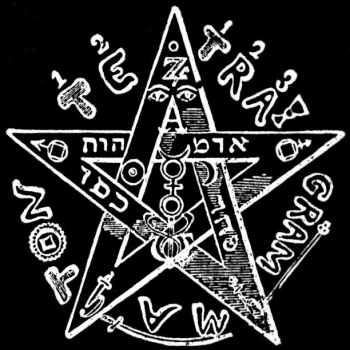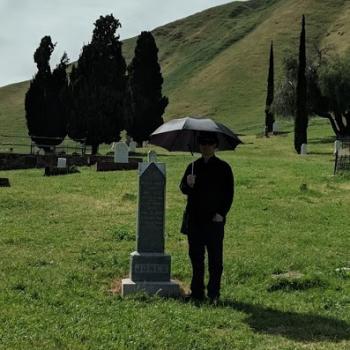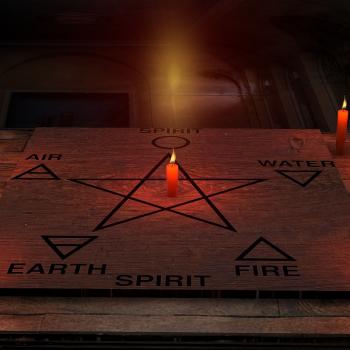The Three Gates are the ways that we, practitioners, enter the Path of Transformation. It is how we gain the power to change our lives. Each Gate is an initial approach we might take to enter the greater spiritual world and discover the deeper self. I have discussed them elsewhere as the Priest, Magician, and Shaman; these are the three initial ways to begin training.
The Path of Transformation is the way of all magic and spirituality. In other words, these ways of entering apply just as much to a Christian mystic as they do to a Sun-and-Moon witch, a deep martial artist, or a sorcerer.
These three Gates are not distinguished by their everyday attributes, but by the relationship between the new practitioner and his own spirit. In other words, it is not the name that defines the category. These approaches are spontaneously occurring variations.
When it comes to talking about the realm of the spirit, it is vital that we rely on experience, not just on what people have said before. We cannot say that a Christian Methodist priest and a Zhengyi Daoist priest are both “priests” in the same way, just because we use the word “priest” for both. Instead we must understand how people come to the Path. How we begin our journey truly does shape our experiences throughout.
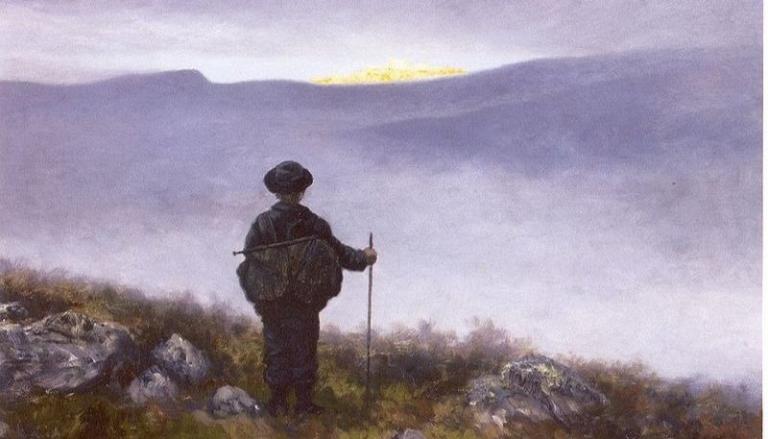
Each practitioner enters the path through one of Three Gates. We enter the Path in the moment we realize that there is more to the world than what we were taught, and more to the self than we had previously known. It is the how we make this discovery that determines our Gate.
The disappointing news is that this is not “choose your own adventure.” You do not pick your Gate, but rather it is picked for you — based on your constitution, proclivities, and circumstances. Nonetheless, having some notion of how the process works can help make sense of your own, and other people’s, experiences.
Look Both Ways before Crossing
The Three Gates are defined by their approaches to what practitioners commonly call Crossing the Abyss. Much has been written about the crossing, but mostly the viewpoint is from the inside. People write about their experience, but rarely (or never) does anyone discuss the actual transformation that happens from the outside.
For those who enter the path from the Gate of the Magician, crossing the abyss and returning whole comes at the end of long training. That training provides access to deeper guidance (e.g. the Abramelin Operation) as well as spiritual awareness, control, and strength. In other words, the magician trains for the crossing and learns to remain more or less himself: to hold onto sanity and humanity in the face of the greater universe.
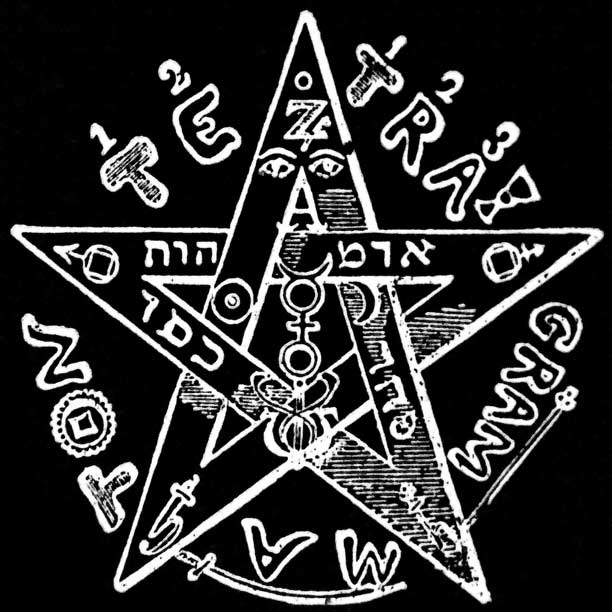
For the Priest, crossing the abyss comes relatively early in training. Rather than Crossing the Abyss, we might call it the Leap of Faith. The Priest never leaps alone into the void. For the Priest, this operation is the ultimate “trust fall.” Where the Magician takes flight across the abyss, the Priest leaps into the abyss and is caught, to be lifted up into a new world. He learns that he will be caught and protected by the power of a deity or deities.
Yet sometimes people do not so much cross the abyss as trip and fall into it. For the Shaman, Crossing the Abyss is the first thing that happens. The shaman does not enter the spiritual life willingly, but is rather marooned there by the storms of life. This is what happens when we face our deaths and rally all of our resources to fend it off. Shamans fall into the world of the spirit with no training, no preparation, and no protection. As you might imagine, most of those “called” to be shamans die.
Crossing, Leaping, and Rallying
From the inside, the Crossing of the Abyss is the transformation in which the duality of the perceived universe collapses. Or, we are unified with a power greater than ourselves to the point that “self” becomes meaningless. Or, we become something more than we were a moment before and gain access to the impossibilities of the greater self. Yet all three of these experiences are the same process but in different contexts.
The Magician crosses when ready and prepared. He can clearly experience the collapse of the everyday mind and see into the impossible-to-comprehend vastness beyond.(1)
The Priest leaps, but does so to become one with something (whatever else we can say about the nature of the gods) incomprehensibly more powerful. Again, the everyday mind disintegrates.
In a similar way, the Shaman discovers that there was always a part of the self that is the not-self. He becomes a shaman by gaining access to that, or perhaps more accurately, having that part of the self gain access to him.
The Creation and Dissolution of the Everyday Mind
In order to truly understand how Crossing the Abyss works, we must go ahead and accept the premise that the everyday mind is a construct. While it seems real, the deeper self creates it and reinforces it through constant effort.
The everyday person, as an adult, is surrounded by a seamless spiritual shell. That shell functions in three ways: it protects, yet senses, and also filters information from the outside.
The shell protects a person by maintaining individuality. The shell immediately holds off anything that might happen to come by. In a universe where everything has a spirit, the shell that is the outer crust of the spirit acts to separate self from other. Most people’s spirits are nearly wholly engaged in this one function: keeping everything “not me” out.
But the shell itself consists, not of inert power, but of living spirit. It is reactive to the environment. The shell transmits information to the “self” inside. However, it does not do so in an unbiased fashion. It allows perceptions that support the self to enter, and yet holds out things that do not. Since this is a recursive pattern, it becomes a trap; we begin to believe the results of the filter that we created.

The Path of Transformation requires that we break the habits that create the shell and protect the self. One key accomplishment is the moment that we discover that what is inside our shell is not the whole of the outer universe.
The Mage works to grow within the shell, engaging in self-cultivation to strengthen and learn to control one’s own spirit. When this is sufficiently complete, he cracks the shell from the inside. Magicians call this “Crossing the Abyss.”
The Priest, instead of focusing on growth, learns to call out through the shell. A deity, eventually, comes and cracks the shell from the outside. We call this a “Leap of Faith.”
Shock and trauma can create gaps in the shell. While in some cases these gaps will repair themselves, in others the gaps will remain. Not to put too fine a point on it, that is how we get Shamans.
The Gate of the Magician
The Magician, or Mage, is the simplest of the Three Gates to understand. Those who enter this gate begin learning to strengthen and control their own spirits by slowly awakening and energizing them through two different practices.
The first way a magician develops is through training and practice. Learning magic, in and of itself, drives the mage along the path. Each magical action, learned properly and practiced with diligence, has a secondary effect of increasing the magician’s spiritual strength and flexibility.
The second way is intentional self-cultivation. This is where the daily practice comes in, along with internal alchemy and a host of purification practices. These practices focus directly on building the spirit and other esoteric parts of the self.(2)

In order to get started on the path as a magician, one of three things is needed. First, you can just go ahead and start cultivation practices. If you are interested in going down that path, the best way to move forward is to develop a daily practice.
Second, you can find one particular spell that interests or entices you, and begin working with that. That spell will, in some way, influence your future path; please choose wisely.
Third, you can find a teacher. That teacher does not need to bind you to some formal agreement, but can help you with some basic practices. If not, you can find enough in books and blogs to guide you through the first steps.
The key challenge for the magician is motivation. It is easy to practice magic diligently in times of crisis. But it is much harder to continue to apply ourselves when there are more interesting options.
ProTip: Whether you consider yourself a magician or not, everyone benefits from self-cultivation. From flossing and showering every day to esoteric practices like meditation or the Lesser Banishing Ritual of the Pentagram, daily practice is the key to not just looking at the path but beginning to follow it.
The Gate of the Priest
Where Magicians might learn many transformations,(3) the practitioner who enters by the Gate of the Priest initially focuses on one. That singular goal is connection with their deity of choice (or with one who watches over them). All other choices extend from there.(4)
Thus, the Priest learns to control his own spirit through training under, and with assistance from, a deity or deities. From a spiritual perspective, the process by which all this happens is complex. But the path itself is simple.
To begin as a Priest, you must beckon a deity to intercede in your development. Every Priest starts with “Please Bless me. Let me feel the touch of your presence in my life.” Such a simple practice, done regularly and with sincerity, is all that is needed to begin.
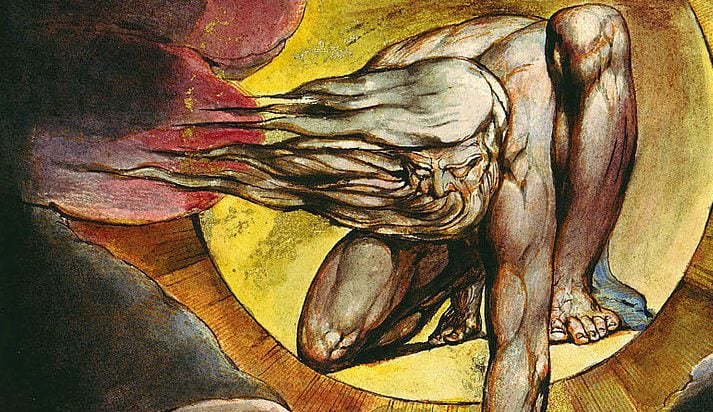
It is not uncommon for those entering through this Gate to engage in self-cultivation as well. This is where we get a number of practices, from daily devotions to priestly celibacy. None of these are inherently necessary, but any particular deity might require them.
The key challenge for the Priest is doubt. Becoming a Priest means sending out a message in a direction unknown to the everyday mind, and trusting that one’s intention is pure enough that it will only reach the proper addressee.
Reaching out to a specific deity is as difficult as shooting an arrow at a distant target with our eyes shut. We might say, “that is impossible” but it would be more accurate to say, “that is a miracle!” And that makes sense. If you want to get into the miracle business, this is a good way to start.
The Gate of the Shaman
In our culture, those who pass through the Gate of the Shaman are not always the same as those claiming the name “shaman.”(5) Those who claim the title might fit into any of the three categories. Left without training, those who pass through this gate become psychic healers, natural witches, and just plain survivors with a powerful sixth sense.
We do not enter the Gate of the Shaman by choice, but by coming close to death. We have to get close enough that two things happen. First, the everyday mind must be suspended. Second, our own spirit must rally itself to guide and defend us. This creates a new relationship among the everyday mind, the spirit, and the body.
Thus, there is no good way to truly choose to become a shaman. One might choose to live a life that would likely be fatal, in the hope that one’s spirit would rally at the moment of death and fight it off. Such a process would be, perforce, insane. There are better ways to become a practitioner.
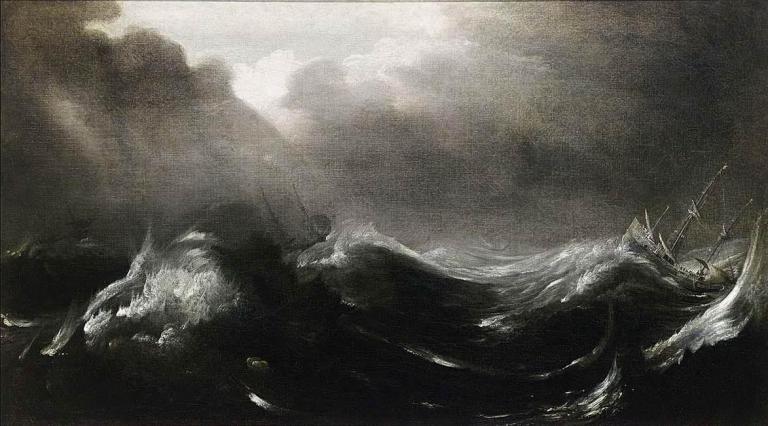
Many of those who pass through this gate and survive will go on for either priestly or magical training (or both). Yet at the same time, they might never quite feel at home. Early training for both priests and mages is geared to keeping the psyche together in the crossing of the abyss. For the shaman, such practices are too little, too late.
The key challenge for the Shaman is a fatal madness. The only way forward is to cease to cling to hurt and pain, and to delve deeper into the self and the not-self. The shaman, even more than priests and mages, must develop equanimity and resilience.
Entering the Path
Generally, we will not get to choose which path we take. That path will be chosen for us by deeper parts of ourselves, by our environment, or by luck and circumstance.
If we do not get to pick, why should we even care? Because it will save us time, effort, and frustration. Because it allows us to start to strip away all of our “shoulds” when it comes to training. It is all too easy to see people practicing in other ways and be jealous. “I see that that person has a close relationship with a deity and I should have that.” “Those practitioners have a nice little club. I wish I had one, too.”
The Three Gates all lead to the same Path. We might imagine that being a Priest, Magician, and Shaman all look totally different. From the outside, that might be the case. But from a spiritual perspective, this is not true. We are all just people trying to understand a universe beyond our comprehension.
(1) Please note that there are deeper and more terrifying voids to come. The crossing of the abyss is not the be-all-and-end-all transformation. To mix a metaphor — like in so much of life, when we reach the peak of the mountain we are climbing, we see the next peak we must scale. Much confusion comes from people eliding separate mystical states as if “not the everyday mind” always meant the same thing. It is a vast universe out there.
(2) It might seem odd that I include magical practitioners and self-cultivators together. This is not a mistake, or bias, or any judgement on their approaches. It is, rather, acknowledgement that both are working through the sames steps toward the same goal. Both of these types of practitioners develop themselves through practices more or less without outside influence.
(3) The word “transformations” here is a more accurate description of what we call “spells.” On its most basic level, the purpose of any spell is, one way or another, to alter the state of a person. For example, if we describe the change from unemployed to employed as a shift of state, then a spell to get a job works by shifting your state (mental, spiritual, and physical) to “employed” before the job shows up and then relying on the principle “nature abhors a vacuum” to bring the job to you.
(4) The key part to understand, for a priest, is that while you might shift religious affiliation, that initial connection will forever shape your world.
(5) At least since Mircea Eliade’s Shamanism: Archaic Techniques of Ecstasy, there has long been a debate in Western academic and popular literature about the constellation of experiences and “supposed” powers of the “shaman.” As someone who studied the anthropology of religion at the professional level, I am aware of the interest in, fetishization of, and confusion about the “shaman.”
The word “shaman” itself, in the West, has become a polyvocal term. It contains multiple meanings that are not mutually consistent. The word must always be used both with discernment and careful awareness of context. I have done my best in this piece to describe exactly what I mean by “shaman.” What might be unclear is why I used this term.
It is key to understand that I am not referring here specifically to the “shaman” of the cultures of north Asia but to the concept Jung named the “wounded healer” especially as developed by Joan Halifax. However, to relegate shamans to only healing is to misunderstand the breadth (and reality) of magical practices.







